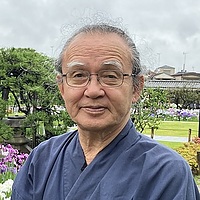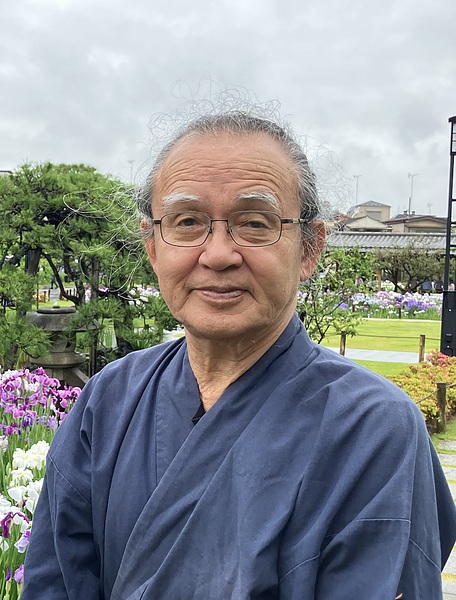英検1級道場-英語は繰り返しを極端に嫌う言語です
"Five of them" と "The five of them" との違いについて説明します
結論から言うと
「Five of them」: より大きなグループの一部 (サブセットまたは部分)。
「The five of them」: 特に 5 人の定義されたグループ、つまり 1 つのユニットとして一緒になったグループを指します。
"Five of them"
In this sentence, "of" is a partitive preposition, which means it indicates a part or subset of a larger group.
"Five of them" refers to five individuals selected from a larger group (like five people out of a total group of ten). The phrase focuses on a portion or segment of the group.
Example: There are ten people in the room. Five of them are wearing glasses.
"The five of them"
In this sentence, "of" is used as a genitive or appositive preposition, which links the specific number "five" directly to the people being referred to. This construction indicates the entire group of five people, not just a subset of a larger group.
"The five of them" is a way to refer to exactly the five individuals, with the phrase acting almost like a direct identification of those five people as a unit.
Example: The teacher called the five of them to the front.
Key Difference:
"Five of them": A part of a larger group (subset or portion).
"The five of them": Refers specifically to a defined group of five people, all of them together as a unit.
-----------------------------
下記はグーグル翻訳です(参考まで)
「Five of them」
この文では、「of」は部分前置詞で、より大きなグループの一部またはサブセットを表します。
「Five of them」は、より大きなグループから選ばれた 5 人の個人を指します (合計 10 人のグループのうち 5 人など)。このフレーズは、グループの一部またはセグメントに焦点を当てています。
例: 部屋には 10 人の人がいます。そのうち(10人の内) 5 人は眼鏡をかけています。
「The five of them」
この文では、「of」は属格または同格前置詞として使用され、特定の数字「5」を言及されている人々に直接結び付けます。この構造は、より大きなグループのサブセットだけでなく、5 人のグループ全体を示します。
「The five of them」は、まさに 5 人の個人を指す方法で、このフレーズは、その 5 人を 1 つのユニットとして直接識別するかのように機能します。
例: 先生は 5 人を前に呼びました。
主な違い:
「Five of them」: より大きなグループの一部 (サブセットまたは部分)。
「The five of them」: 特に 5 人の定義されたグループ、つまり 1 つのユニットとして一緒になったグループを指します。














